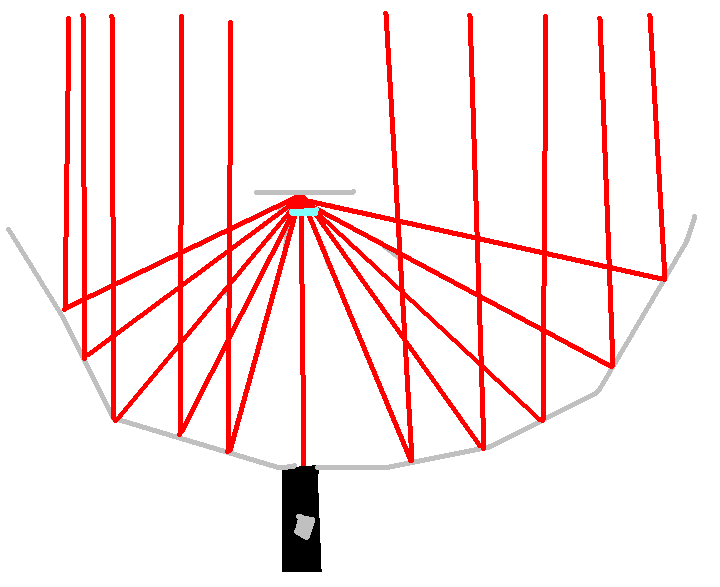Tw15t3r
0
- Joined
- Oct 2, 2008
- Messages
- 266
- Points
- 0
Hmm.... I dunno about that... it would seem to me impossible that even if each "ray" is considered to be a beam, that it would over converge and end up diverging. Because firstly, if you follow the top "ray", and take the bottom of it to be one ray, it seems to pass through the lens only displaced, and not bent as it should be for a converging lens.
And, I managed to find this pic, although the distance is short, but I think it should say something...
After the beam is split into three, it passes through a converging lens and becomes parallel before another converging lens makes the beams cross.
And, I managed to find this pic, although the distance is short, but I think it should say something...
After the beam is split into three, it passes through a converging lens and becomes parallel before another converging lens makes the beams cross.









